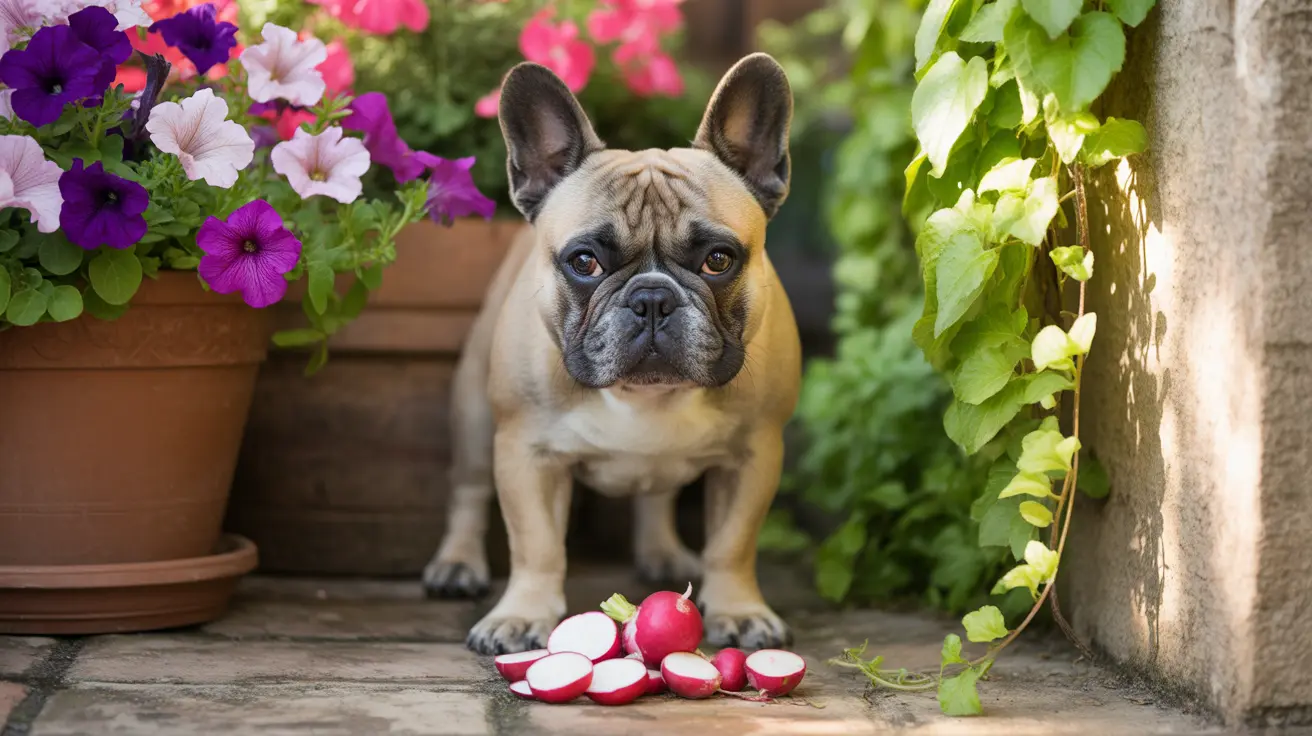How to Successfully Potty Train an Older Dog
Many pet owners wonder whether it's possible to potty train an older dog, especially those adopted from shelters or with unclear backgrounds. The good news is that older dogs can be successfully house trained. While it may require more patience and understanding compared to training a puppy, following a structured approach makes it entirely achievable.
Understanding the Dog's History and Health
Before starting any training plan, it's vital to rule out medical causes for accidents. Frequent or sudden house soiling could be a sign of:
- Urinary tract infections
- Diabetes or Cushing's disease
- Mobility or joint issues
- Cognitive dysfunction
Consult your veterinarian to rule out these conditions before assuming a behavioral issue is the cause.
Steps to Potty Train an Older Dog
- Establish a Consistent Routine: Take your dog outside at the same times each day—immediately after waking, after meals, during the day, and before bed.
- Supervise and Confine: Use a leash attached to your belt or baby gates to keep the dog within sight. When not supervised, use a crate or confined area. Ensure the crate is just big enough for comfort but not so large that the dog can eliminate in one corner.
- Take Frequent Bathroom Breaks: Initially, take the dog out once every hour, and especially after key moments—meals, naps, and playtime.
- Use Positive Reinforcement: Immediately reward outdoor elimination with praise and high-value treats, delivered within 1-2 seconds for effective learning.
- Designate a Bathroom Spot: Take the dog to the same outdoor location to help them form a strong elimination association. You can even leave a small amount of previously soiled material in that area as a cue.
- Watch for Potty Cues: Recognize signals such as pacing, circling, sniffing, or heading to the door. Act quickly and take them outside when these behaviors appear.
- Gradually Increase Freedom: Limit their access within the home until they consistently demonstrate good habits. Expand their range one room at a time, monitoring closely.
- Handle Accidents Calmly: Do not punish the dog. Instead, gently interrupt and bring them outside. Clean the soiled area thoroughly using an enzymatic cleaner to prevent repeat accidents due to lingering smells.
- Plan for Time Alone: If away longer than the dog's capacity to hold it (which varies by size and age), arrange for a pet sitter or provide an indoor potty option like pee pads or a dog toilet.
- Keep a Potty Journal: Tracking meals, potty times, and accidents helps identify patterns and adjust your training approach effectively.
Special Considerations for Older Dogs
- Outdoor-only or neglected backgrounds: These dogs may not understand indoor standards or even what they’re “supposed” to do on grass. Introduce them patiently to acceptable surfaces.
- Learning from other dogs: A house-trained pet in the home can act as a role model, helping the new dog learn the routine faster.
- Marking behavior or anxiety: Territorial urination or stress-induced accidents require additional behavioral support.
What to Avoid
A major mistake is using punishment. Dogs don't associate delayed scolding with past accidents, which can lead to fear and confusion. A stressed or fearful dog is more likely to eliminate indoors secretly.
How Long Does It Take?
With consistency and attentiveness, most older dogs can be potty trained in several weeks to a few months. Factors such as health, previous habits, and the owner's actions all influence how quickly the dog learns. If progress halts, a professional dog trainer or vet behaviorist can offer valuable help.
Final Thoughts
Potty training an older dog is completely possible. The keys to success are patience, consistency, positive reinforcement, and medical diligence. Older dogs are fully capable of learning new habits and thriving in a new, well-structured environment.





